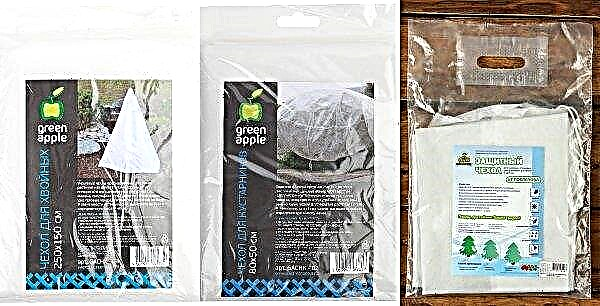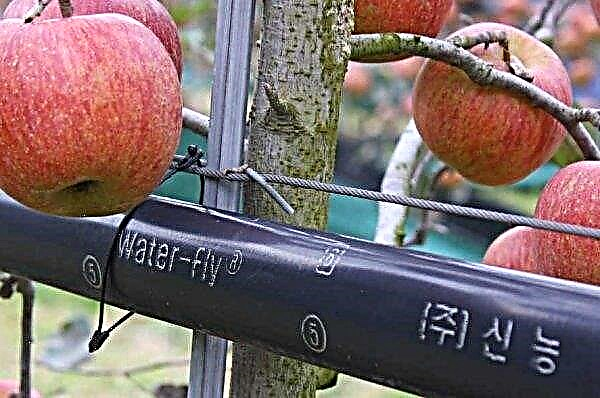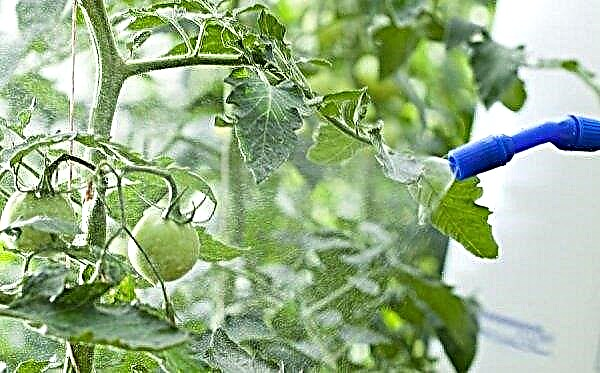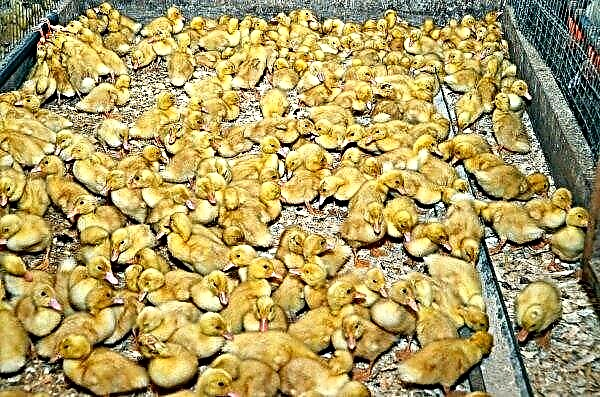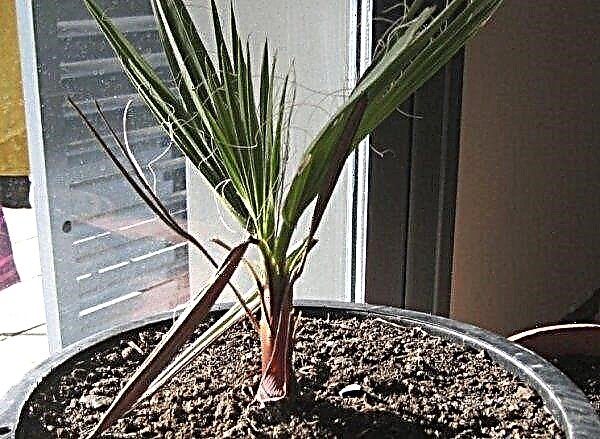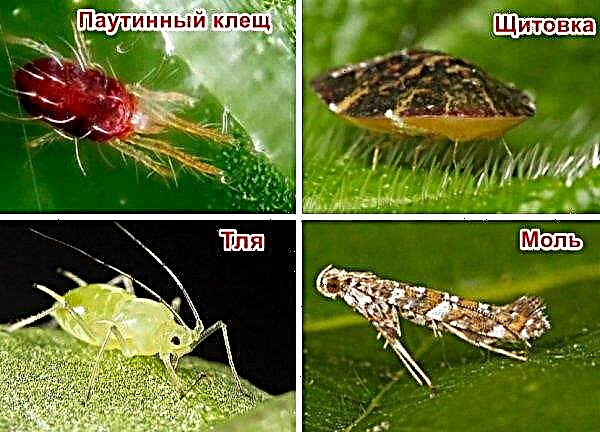Climbing roses are the decoration of any site. With their help, you can decorate arbors, arches, walls of buildings, create unusual compositions. Among all the variety of flower varieties included in this species, Schneewalzer rose deserves special attention, which means “snow waltz” in German. This is an extraordinarily beautiful flower. Its description and cultivation features are given below.
Characteristic and Description
This type of rose is very popular in Western European and Scandinavian countries. The magnificent climbing bush of the flower is densely dotted with dark green foliage, against which large pale lemon flowers with a pearl pink core bloom. Over time, they change color to snow-white.
The diameter of the bud is 13-15 cm and is similar in shape to the flowers of tea-hybrid varieties of roses. They are densely terry and continuously appear on the bush almost all summer. The fragrance is light, delicate. The flowers are held on long stems, most often one bud, sometimes 2-3. The stems are not stiff, so they are slightly bent under the weight of the bud, which gives the bush an additional charm.
The bush is able to grow up to 300 cm up with a diameter of about 200 cm. One adult bush needs about 2.5 m² of area.
The plant is frost-resistant and can withstand a temperature drop of -23 ° C. The variety is also known for disease resistance.
Important! The beginning of flowering of this rose falls at the end of June. The time of appearance of the buds depends on the climatic zone in which the flower grows.
Conditions of detention
A large bush needs a lot of free space for normal growth, so you need to choose a site for its planting where there are no plants and buildings in a radius of 2 m. In addition, the site should be located on a hill and in a well-lit place.
It is advisable that the rays of the sun illuminate it in the morning, and after dinner there was a shadow. So the plant will receive the right amount of light, and its flowers will not be burned by the scorching sun. Be sure to consider that the place should be well ventilated.
Soil requirements
Rosa loves fertile soil rich in oxygen and beneficial macro- and microelements. In the presence of clay soil in the plot, it can be fed with manure. Sandy soil must be mixed with clay, turf or peat so that it dries less. The acidity of the soil should be slightly above average. You can raise it to the desired level by mixing peat and manure. If, on the contrary, it is necessary to lower the acidity, then liming is carried out.
Care Features
Rose Schneewaltzer is not very demanding in her care. It is only necessary to monitor the regularity of watering, top dressing and timely pruning and weeding.
Watering
The plant is hygrophilous, but does not like the water to stagnate, so it is necessary to irrigate it when the soil dries well. Watering schedule - 2 times in 7 days. By the end of summer, watering should be reduced. For each bush, it is necessary to pour 20 liters of water at room temperature.
Loosening and mulching
Loosen the soil and remove weeds after each watering. In dry times, so that the moisture remains longer in the soil, mulching is carried out.
Top dressing
The roses are fed seasonally: in spring and autumn. In the spring, nitrogen-containing fertilizers are applied, and in the fall - phosphorus and potassium-containing fertilizers. For magnificent flowering, you can nourish the plant with complex mineral fertilizers.
Important! In the autumn period, it is strictly forbidden to introduce nitrogen in any form.
Pruning rules
Pruning is done in the spring. As soon as the kidneys begin to mature, you can get down to business. The formation of the crown is carried out (2–4 kidneys are left during rejuvenation, or 5–7 in other cases).
During flowering, permanent removal requires faded buds. If they are not removed on time, the next flowering wave will be late. In the fall, carry out preparatory pruning for the winter. Remove old, diseased, thin stems. Extra, too thick bush is also cut.
Video: Pruning a climbing rose Schneewaltzer
Propagation Features
Schneewalzer propagates only by cuttings, since only this method allows you to save all varietal qualities of the plant. They are harvested from young, mature bushes after the first wave of flowering.
Preparing the plant for winter
Preparatory procedures should begin in October. First, the bush is cut, then abundantly watered and bent shoots to the ground. By the end of October or the beginning of November, depending on the climate of the region, you need to think about covering material. You can cover the bush with coniferous branches or special material.
Did you know? In 2001, at a flower contest, a Schneewaltzer rose was awarded the title of Golden Rose.
It is best to place arches pressed against the ground and lay covering material on top of them. So shoots will be less injured. In regions where winters are snowy, it is not necessary to cover the rose strongly, since the snow that has fallen will act as a protective layer. In frosty and snowy winters, the bush should be watered abundantly in October and November.
Pest and Disease Control
The Schneewalzer variety is bred resistant to disease, therefore it is enough to follow all the rules for caring for the flower, as well as to treat the bush with Bordeaux liquid in the spring.
Of extraordinary beauty, the climbing rose Schneewaltzer will be the highlight of your personal plot. With its help, you can decorate the gazebo, create a magnificent arch. She will be in perfect harmony with other varieties of roses.

